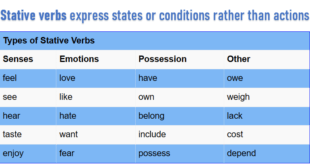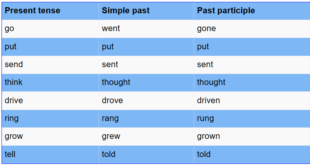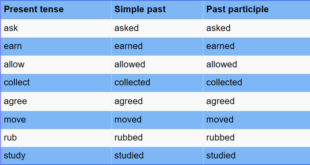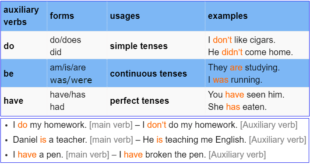present progressive![]()
We use the present progressive tense (also called the present continuous tense) to express things that are happening now, temporary situations, and activities in progress.
Happening now: She is drinking coffee.
Something in progress: I am working on a new project.
Repeated action: He is always borrowing money from me.
Future plan: We are leaving for Madrid next week.
Form: subject + to be + verb-ing
| Positive | Negative | Question |
| I am working. | I am not working. | Am I working? |
| He/She/It is working. | He/She/It is not working. | Is He/She/It working? |
| We/You/They are working. | We/You/They are not working. | Are We/You/They working? |
Contractions in the present progressive tenses
| Long form | Positive | Negative |
| I am running. | I’m running. | I’m not running. |
| You are running. | You’re running. | You’re not running. or You aren’t running. |
| He is running. | He’s running. | He’s not running. or He isn’t running. |
| She is running. | She’s running. | She’s not running. or She isn’t running. |
| Jane is running. | Jane’s running. | Jane’s not running. or Jane isn’t running. |
| It is running. | It’s running. | It’s not running. or It isn’t running. |
| We are running. | We’re running. | We’re not running. or We aren’t running. |
| They are running. | They’re running. | They’re not running. or They aren’t running. |
| Dan and Leo are running. | No Contraction | Dan and Leo aren’t running. |
We cannot use the present continuous tense to talk about a permanent situation.
- ✓ She works in a bank. ꭗ She is working in a bank.
- ✓ I live in Paris. ꭗ I am living in Paris.
We cannot use stative verbs in the present continuous tense in English.
- ✓ I need a new car. ꭗ I am needing a new car.
- ✓ I like this book. ꭗ I am liking this book.
- ✓ He loves his job. ꭗ He is loving his job.
present progressive, envocabulary.com




